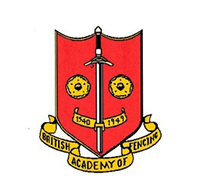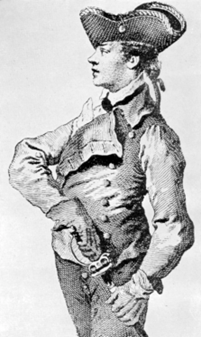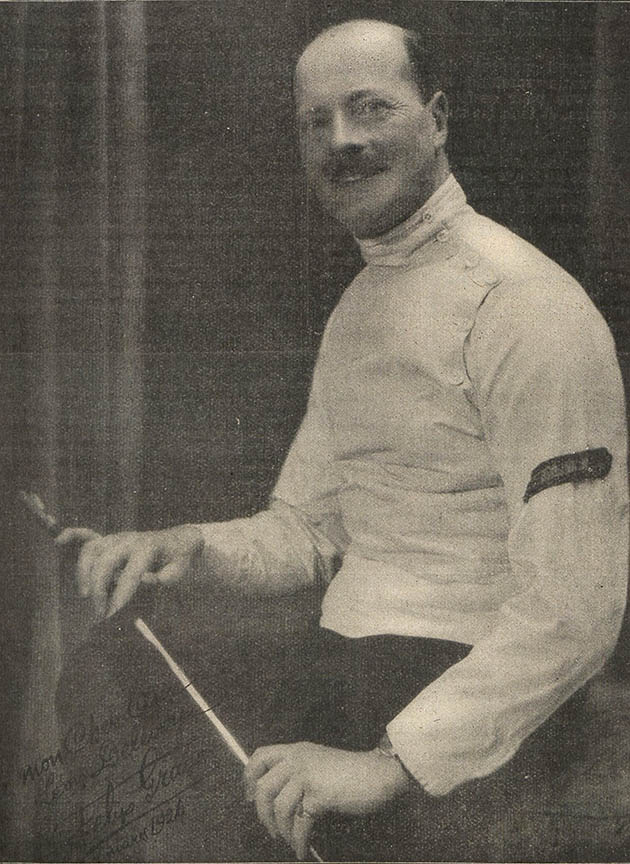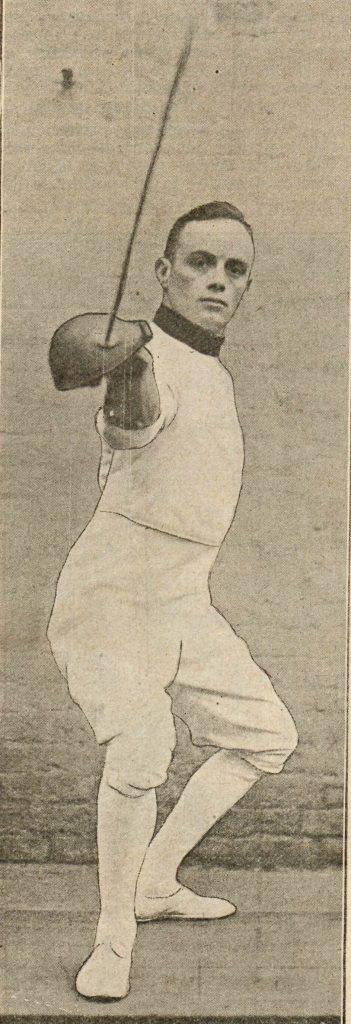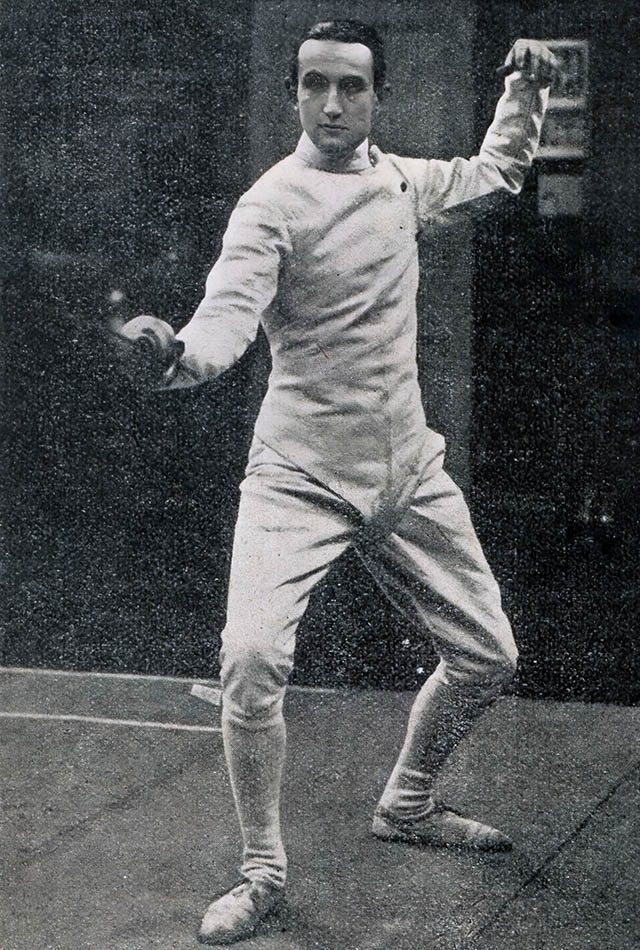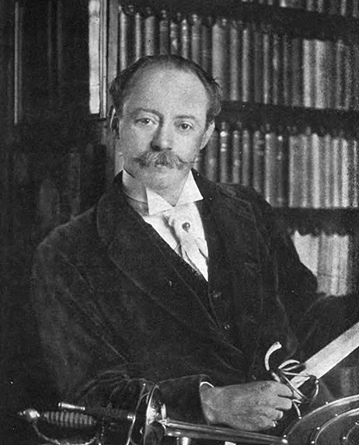A Historical Overview
The British Academy of Fencing is an organisation with a rich history belonging to those who instruct the art of fencing in the British Isles.
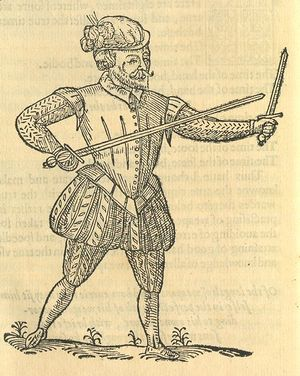
The Academy traces its origins to the Company of the Masters of Defence, established in London in 1540 by royal warrant from Henry VIII. This granted the Company exclusive rights to teach fencing in England and the authority to imprison unlicensed instructors. It also supported members in hardship and regulated the profession, including school conduct and fees. The Company also protected its members from unqualified competitors, including popular foreign instructors such as Italian rapier masters.
Structured like a traditional guild, it had ranks—Free Scholars, Provosts, and Masters—who had to earn their status through public combat challenges known as ‘playing their prizes’ which consisted of challenging one’s betters to combat in public atop a scaffold. The guild was overseen by ‘four Ancient Masters’, who managed guild operations and certified instructors. Although the Company of the Masters of Defence of London thrived right into the early 17th century with James I re-issuing them a warrant in 1605, its influence ended with the Monopolies Act, leading to its decline.
Nonetheless, fencing continued, with prize fighters often called Masters of Defence who taught their craft. Public prizefighting evolved into sports like Singlestick and Boxing, while the Smallsword replaced the Rapier among the gentry. Used for self-defence, duelling, and as a marker of status many – teachers in Great Britain catered to its Instruction: Zachary Wylde, Henry Blackwell, Edward Blackwell, Captain John Godfrey, Donald McBane, Sir William Bart Hope, Andrew Mahon and lastly Domenico Angelo Malevolti Tremamondo, whose work the Ecole d’Armes would be included in the first French Encyclopaedia and whose school would dominate British fencing for over a century.
In the late 18th century, fencing was modernised with the introduction of the wire mask leading to more dynamic fencing with the fencing foil, while the smallsword evoled into the Épée de Combat. However, as duels became rarer, fencing instruction in British civil life declined although military institutions like Aldershot trained many instructors. A revival came through enthusiasts such as Captain Alfred Hutton, Egerton Castle, and Baptiste Bertrand who promoted fencing as a sport.
Captain Alfred Hutton became the first President of the Amateur Fencing Association (1901), the organisation that would later become the national body for the sport – British Fencing. Egerton Castle became the first President of the London Academy of Arms (1902) an organisation dedicated for the mutual benefit of Professional Fencing Masters and establishing connections with sister organisations on the continent. Its membership included Fencing Masters: Jean Louis Danguy, Felix Bertrand, Frederick McPherson, Giuseppe Magrini, William McPherson, Leon Paul, John Blackburn, Leon Crosnier, William McPherson, Maurice Tassart, Felix Grave, Paul Vigny, George Volland.
After WWI, the London Academy of Arms was reformed as the British Federation of Fencing Masters (1931–1948), alongside the Ladies Professional Fencing Association (1936–1948). In 1949, these groups merged to form the British Academy of Fencing (BAF), with the aim of re-establishing a British institution to certify fencing masters domestically, (as they had previously been required to obtain their qualifications abroad). Founders included Roger Crosnier, Leon Paul, and J.D. Aylward, with Leon Bertrand as its first president. The BAF is a founding member of the Académie d’Armes Internationale the international federation of fencing academies.
Following its historical predecessors, the British Fencing Academy is the only organisation in the UK that has continuously created beginner instructors right through to Maitre D’Armes Diploma.
 Domenico Angelo (1760)
Domenico Angelo (1760) Felix Grave
Felix Grave Leon Bertrand
Leon Bertrand Roger Crosnier
Roger Crosnier Egerton Smith Castle (1885)
Egerton Smith Castle (1885)
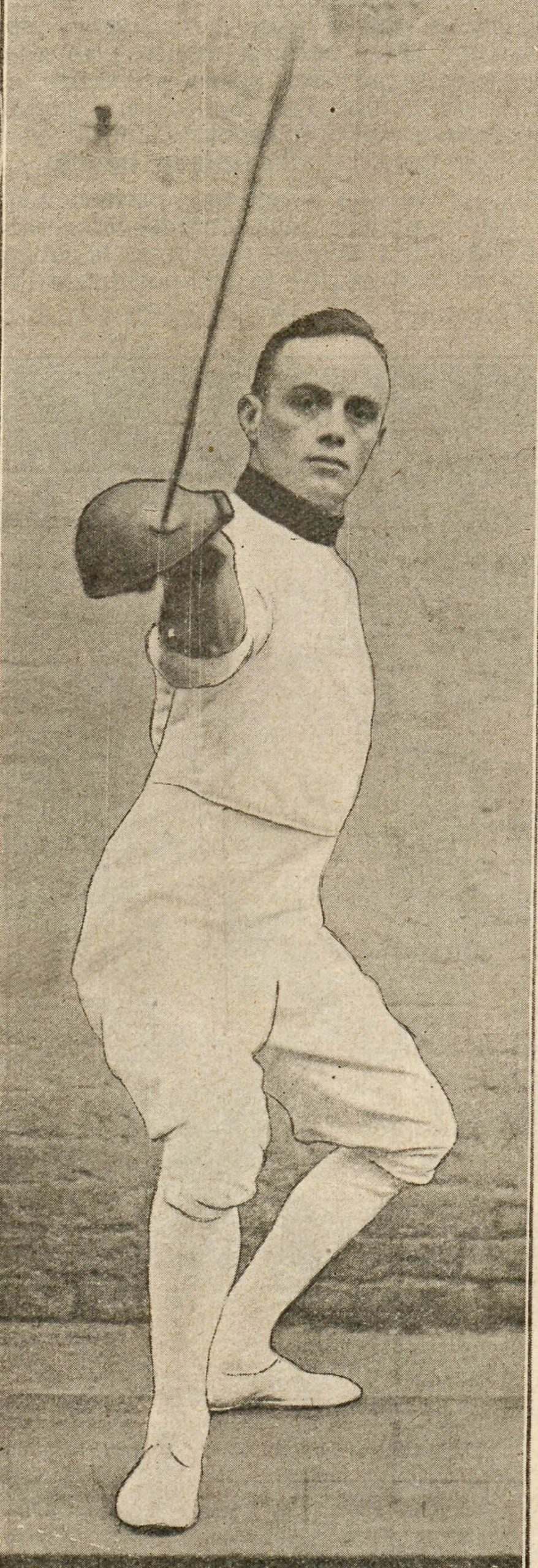
In the late 18th century, fencing was modernised with the introduction of the wire mask leading to more dynamic fencing with the fencing foil, while the smallsword evoled into the Épée de Combat. However, as duels became rarer, fencing instruction in British civil life declined although military institutions like Aldershot trained many instructors. A revival came through enthusiasts such as Captain Alfred Hutton, Egerton Castle, and Baptiste Bertrand who promoted fencing as a sport.
After WWI, the London Academy of Arms was reformed as the British Federation of Fencing Masters (1931–1948), alongside the Ladies Professional Fencing Association (1936–1948). In 1949, these groups merged to form the British Academy of Fencing (BAF), with the aim of re-establishing a British institution to certify fencing masters domestically, (as they had previously been required to obtain their qualifications abroad). Founders included Roger Crosnier, Leon Paul, and J.D. Aylward, with Leon Bertrand as its first president. The BAF is a founding member of the Académie d’Armes Internationale the international federation of fencing academies.
Following its historical predecessors, the British Fencing Academy is the only organisation in the UK that has continuously created beginner instructors right through to Maitre D’Armes Diploma.
